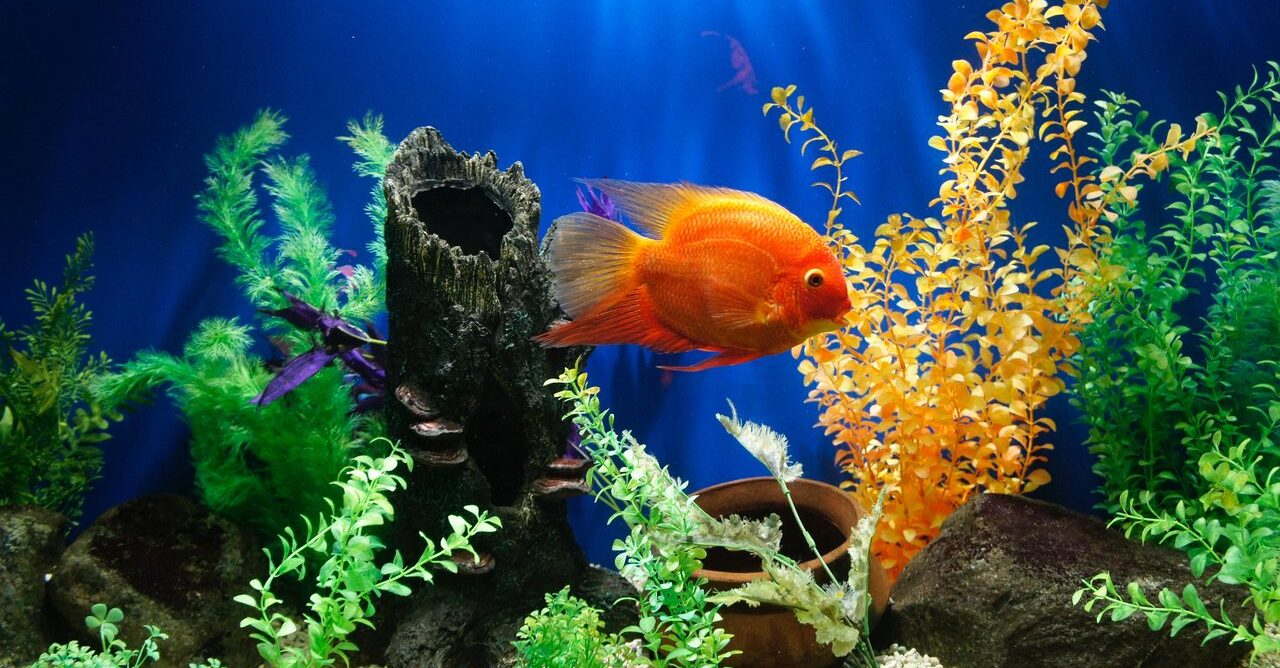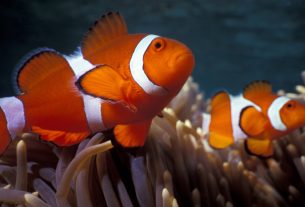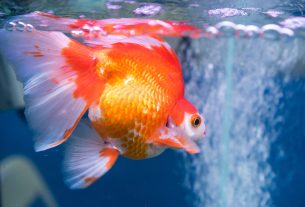Welcome to the incredible world of aquarium farming!
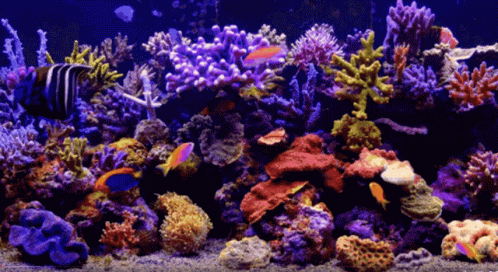
With each passing day, new fish keepers discover the natural wonder of aquariums. Practicing aquarism brings the unique opportunity not only to observe another world, but also to create it. In the process, the fish owner will learn a lot about these aquatic creatures and will be able to observe their behavior up close.
Fun, easy and instructive, an aquarium is a uniquely beautiful and fascinating addition to any home or office. A source of entertainment, education and relaxation for the whole family.
So that you can have your aquarium at home and take great care of it and its inhabitants, we have created this guide for beginners, after all, you need a good start to guarantee the safety and health of your fish.
First of all
It is important that you choose carefully where you want to place the aquarium. Sloped surfaces can result in undue stress on fish and crack the aquarium glass. Therefore, hard, flat surfaces are ideal.
Cabinets or niches are a requirement for larger, heavier aquariums. For smaller aquariums (30 gallons or less), any sturdy, reinforced furniture with a flat surface may suffice.
Make sure that the chosen aquarium location can meet the electrical requirements, as depending on the type of aquarium you choose, you will need to connect some equipment, such as lights, filters and heaters. Remember to be very careful with the installation itself, after all, water and electricity are not a good combination.
First care
In rivers, lakes and oceans, water is clean and naturally filtered. In an aquarium, the story is different. To keep the aquarium water clean and healthy, you play a fundamental role. This means paying extra attention to not overcrowding the tank or overfeeding the fish, changing part of the water regularly, washing gravel, pebbles and decorative items and providing adequate filtration.
Did it seem like a lot? But it is not. In fact, it only takes about 30 minutes a week.
Check out all the items you will need to set up your aquarium:
- Aquarium: a 20 liter tank is recommended for beginners. Larger aquariums are generally more stable and offer a better quality of life for the fish;
- Gravel/Stones: The gravel should be thick enough to allow water flow, but fine enough to encourage nitrifying bacteria. Creek rocks, coarse sand and washed gravel are great options. Avoid substrates based on calcium and limestone;
- Filter: you should choose a filter rated to increase at least 3 to 5 times the volume of your aquarium every hour. There are filters for all types of aquarium, find out before making the purchase. In addition, pay attention to changing the filter cartridge, which guarantees the cleanliness of the water;
- Heater: This equipment is essential to prevent diseases in fish, this is due to leaving the environment at the correct temperature, preventing the proliferation of harmful bacteria. Find out about the ideal temperature for the species of fish you are placing in the aquarium, as some species need colder waters and others milder;
- Decorations: Only those designated for aquariums (e.g., live or artificial plants and ornaments);
- Chlorine Neutralizer: responsible product for removing chlorine from tap water, making it ideal for fish. It will be used whenever there is a water change in the tank;
- Network: you will use it to transport fish from one tank to another. This happens, for example, when cleaning the aquarium;
- Portion: One of the most important items that needs a lot of attention. Research the best food to offer for the species of fish you are purchasing, you can get guidance in specialized stores.
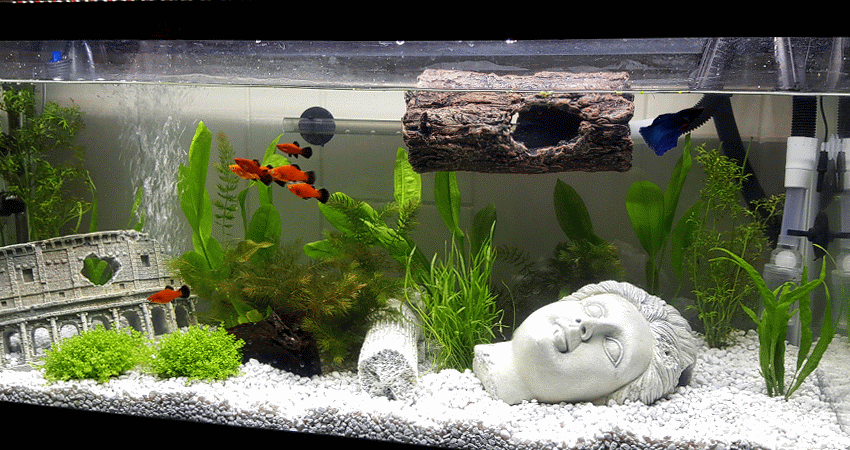
How to set up the aquarium?
Be careful when handling the tank, do not try to move the full aquarium, have dry hands when picking up the container and never try to lift the aquarium by holding the edges or the upper frame. Always hold and carry the aquarium from below, supporting the bottom at all times.
Preparing the tank
Use a damp cloth to clean the inside and outside before installation, do not use soap, detergents or cleaning products.
Place the tank in a location designed to support its total weight. A full aquarium has a considerable weight, given that each liter of fresh water corresponds to approximately 1 kilogram. See the dimensions of your aquarium and calculate;
Keep the aquarium away from heat sources, air conditioning or in direct sunlight. Full or partial sunlight can cause excessive algae growth.
Wash the gravel well before placing it in the aquarium. The amount to be placed should be approximately 1 kilo for every 5 liters of water, or 1 kilo of gravel to cover approximately 100 cm² of area.
Filling the aquarium
Pouring water directly into the tank will disturb the gravel bed, so before filling the aquarium place a clean plate on the gravel and gradually pour the water onto the plate. This way the flow is gently diverted without displacing the gravel.
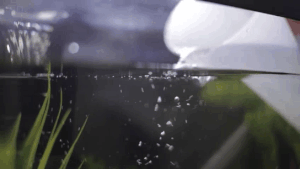
Always fill your aquarium with water at room temperature. Cold water produces condensation, which gives the appearance of a leak. If condensation occurs, wipe the surface with a clean cloth until the temperature stabilizes.
After adding water, use the chlorine neutralizer, check the amount of product that should be used in its packaging. Never put your fish in untreated water, this will lead to their death.
Decoration
When the aquarium is halfway complete, you can add aquatic plants (live or artificial), rocks and decorative ornaments, but be sure to wash them first.
When placing plants, it’s a good idea to locate the larger ones at the back of the tank and the smaller ones at the front. This ensures an open swimming area for your fish. When all the ornaments and plants are in place, continue filling the aquarium to within 3 centimeters of the top edge.
Filtering
For your aquarium to be a comfortable and healthy environment for fish, it is necessary to filter the water correctly. There are 3 types of filtration needed in an aquarium:
- Mechanical Filtration: retains solid waste such as uneaten food and fish waste. Filter cartridges are an ideal source of mechanical and chemical filtration;
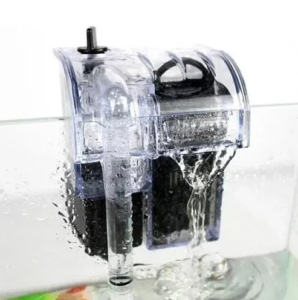
- Chemical Filtration: uses media (activated carbon) to absorb (attract and retain) dissolved pollutants that can cause water discoloration and odor;
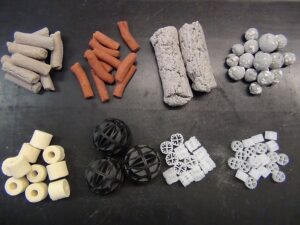
- Biological Filtration: Relies on a culture of beneficial, oxygen-loving bacteria to eliminate toxic ammonia and nitrite that build up in aquarium water. Beneficial bacteria will grow naturally on many aquarium surfaces (including gravel, decorative rocks, and plastic plants) and provide biological filtration.
Heating and lighting
A heater can be used to maintain the water temperature in your aquarium. Most tropical fish require a constant water temperature of between 23° to 26°C.
Minnows and other cold water species are the exception to the rule because they can live comfortably without a heater.
Lighting enhances the natural colors of your fish and is essential for the growth of live plants. There are many different types of aquarium lights available, specialized aquarium stores have professionals to help you choose.
Important note: To avoid excessive algae growth, limit the lighting in your aquarium to 7 to 10 hours a day, you can use a timer.
Before connecting the heater, exhaust fan or any other electrical equipment, take special care to read all safety precautions written in the equipment manual.
Before adding the fish
Be patient to provide the best environment for your fish, leave your aquarium set up, with everything turned on for at least 24 hours beforehand.
Placing the fish
Add just a few fish at first, gradually introducing more over the next four to six weeks.
Choose only fish that appear active and healthy, and take special care not to overcrowd your aquarium. Fewer healthy fish are better than an overabundance of stressed fish.
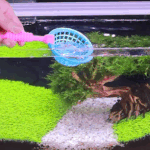
Make sure the water the fish enters is approximately the same temperature as the water it exits. To equalize the two temperatures, float the shipping container (usually a plastic bag) in the tank for about 15 minutes.
At five-minute intervals, open the bag and add a small amount of aquarium water. Finally, after 15 minutes, gently fish out the fish and place it in the aquarium and do not add that water from the bag to the aquarium. Let the fish swim from the net to the tank, the less traumatic the transport, the better.
Feed your fish twice a day, in an amount sufficient for it to eat for about five minutes.
Aquarium maintenance
A properly maintained aquarium filter means cleaner water and healthier fish. So keep an eye on it, change the aquarium cartridge and about 25% of the water every two to four weeks, it will depend on the size of the tank.
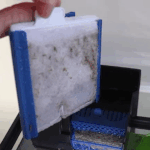
If the water is yellowish or smells bad, it is an indication that urgent cleaning of the tank is necessary. If the problem persists, it may be because you have too many fish or are providing them with too much food.
Always replace old water with new water of approximately the same temperature to avoid shocking the fish and use the product to remove chlorine.
Set aside a variety of buckets, sponges and towels to be used only with your aquarium. This will prevent harmful pollutants from being introduced into the system.
And don’t forget, always disconnect electrical equipment before carrying out any type of maintenance on the aquarium.
Ufa! It seems like a lot, doesn’t it? But over time, all these procedures will become routine for you!
Did you like the tips? Tell us here!

Sign up for our newsletter and stay up to date with exclusive news
that can transform your routine!
Warning: Undefined array key "title" in /home/storelat/public_html/wp-content/plugins/link-whisper-premium/templates/frontend/related-posts.php on line 12
Warning: Undefined array key "title_tag" in /home/storelat/public_html/wp-content/plugins/link-whisper-premium/templates/frontend/related-posts.php on line 13

